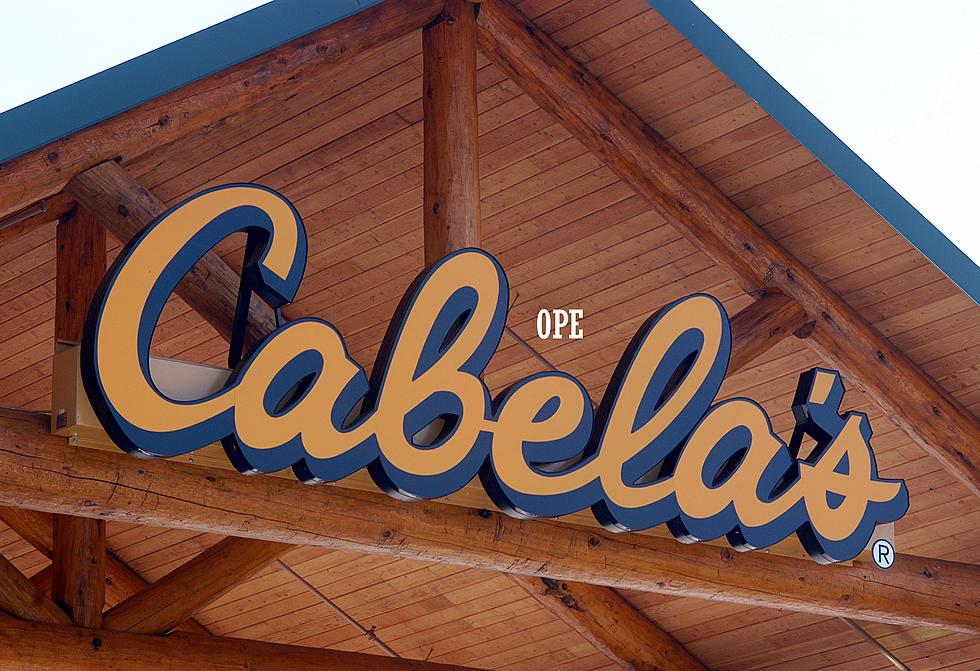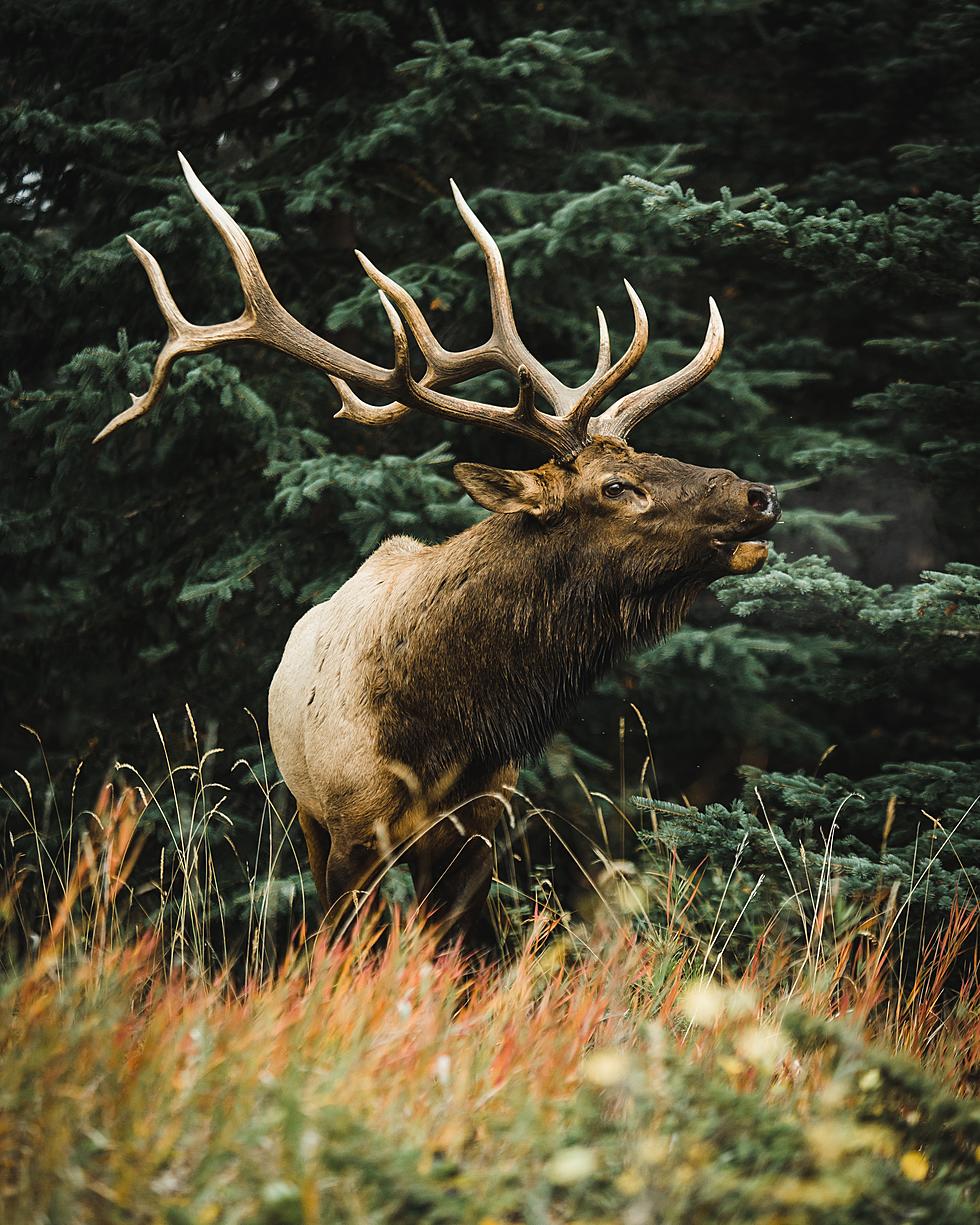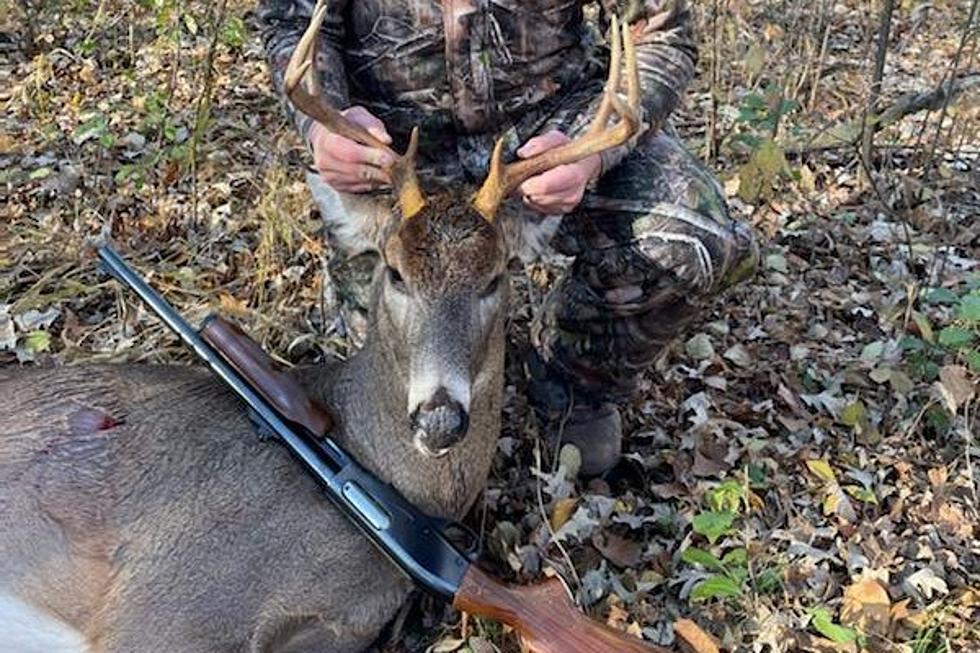
Small Ponds Big Results
Although I have been chasing waterfowl for over 50 years, my duck hunting days look much different than they used to. For many years it was big water, massive decoy spreads with boats and motors as critical tools. It is not that way anymore.
Somewhere along the line, we gradually shifted away for the big water spreads. Instead, we started hunting ducks in the fields and smaller ponds. We definitely don’t harvest as many birds as we used to, but it is a simpler, more relaxing style of hunting.
Personally, I find small pond hunting to be quite entertaining. By utilizing kayaks and canoes as our means of transportation, we can get into some pretty tight places.
I realize that many younger hunters are wading the same types of sloughs we are hunting. However, at my age, I don’t really care all that much for trying to pull my legs out of muck that is intent on sucking my boots off. Paddling is much easier and more efficient.
Depending on the pond, we have two different scenarios for decoys. If the pond is open and more than ten acres, we will utilize a combination of divers and mallards. We often set up two small bunches of divers in tear drop fashion with a landing zone in-between. The mallards go on the shore side of the divers and are spread out in a relaxed manner. We usually put out a few goose decoys just in case.
On smaller ponds, diver ducks are not really an option. In these situations, we are definitely targeting puddle ducks so we utilize mallards, wood ducks and Canada goose decoys. If there are good numbers of teal around, we will set those out, as well. Decoy numbers are kept to a minimum.
When possible, we will hunt from shore. In some locations, we stand in the shallow cover with the canoe in front of us. This allows us a gun rest and a place to put our shells.
If the water is too deep to stand, we are very cautious about shooting out of a canoe as they are tippy and dangerous. If we need to hunt out of the canoe, we first drive our paddles down into the muck on each side of the canoe. Then we lash the paddles to the support braces across the canoe. This gives us the stability we need to stand and shoot.
When hunting small ponds, the ducks often come in quickly with no hesitation. For this reason, calling is held to a minimum. A wood duck whistle and some mallard feeding chatter is about all we need to use.
I am always surprised at how many geese give a small body of water a look. For this reason, we always put out some Canada floaters. I also believe the Canada floaters act as a confidence decoy for ducks.
Small water waterfowl hunting isn’t for everyone. It is not a scenario where you are going to attract big flocks of anything like you might on larger impoundments. The ducks and geese that you draw in will be in small bunches or even singles.
In order to make it work, there has to be ducks in the area and hopefully some that are already spending time on the water you are planning to hunt. Like other types of hunting, scouting can be very important.
While most hunters are focusing their attention on bigger water, we find that the smaller venues are productive and enjoyable to hunt. Small packages can offer great rewards!
More From AM 1240 WJON








![My First Time Hunting as a Kid My Dad’s Pants Caught on Fire [Storytime]](http://townsquare.media/site/65/files/2020/10/7.-Trail-and-drag-others-deer-as-you-would-trail-drag-your-own.jpg?w=980&q=75)
